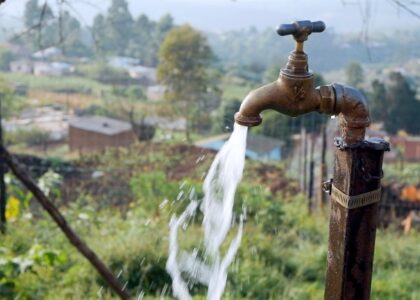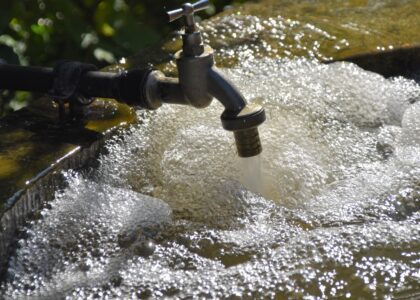How Can We Achieve Sustainable Water Use Efficiency
Hydrology teaches us that the amount of water on earth is constant. However, its geographical and temporal distribution is not. Also, the water’s quality is not the same world-wide, often presenting self in a non-portable state. The reasons for this uneven distribution are both natural and man-made. Ultimately, therefore, the available resource must be used sparingly.








